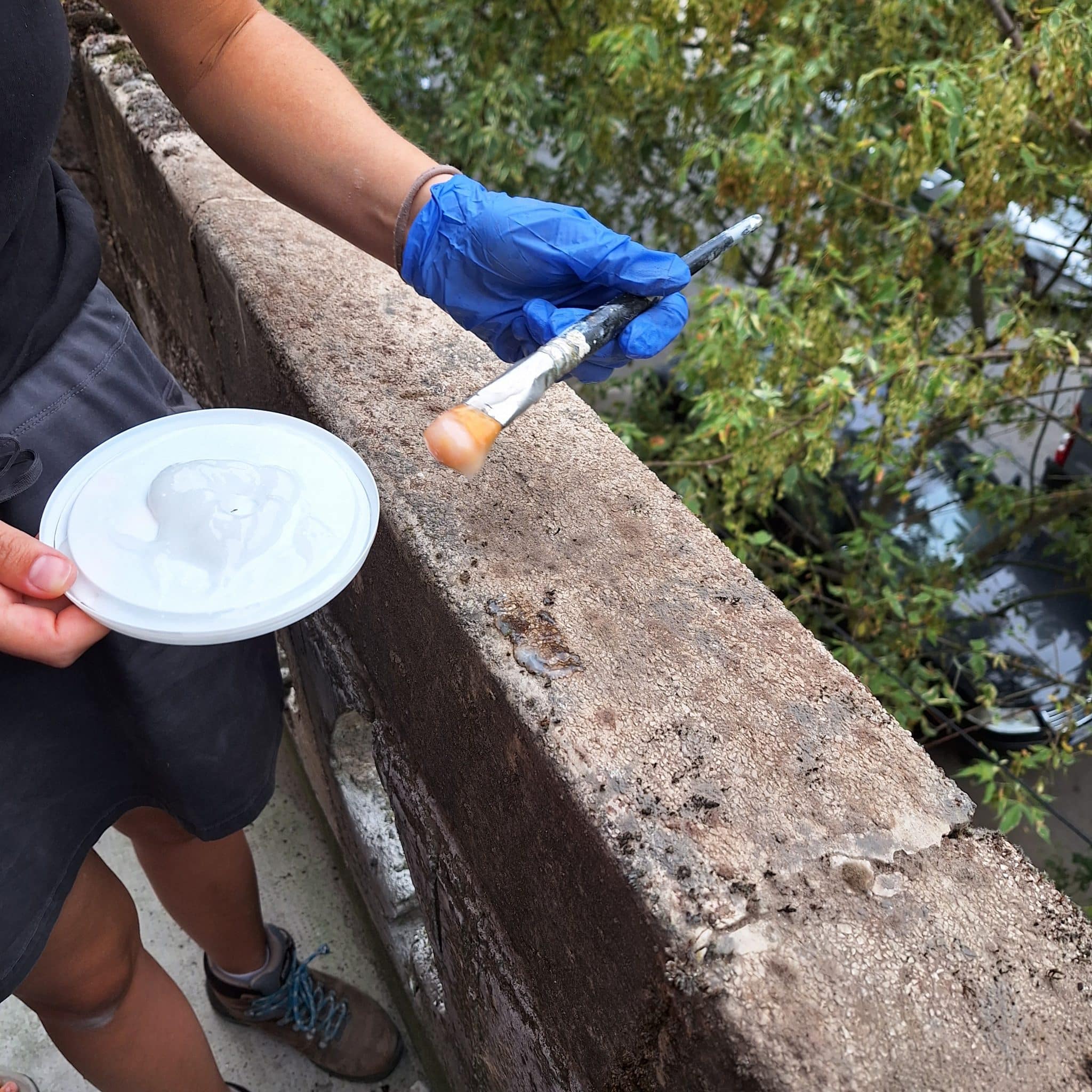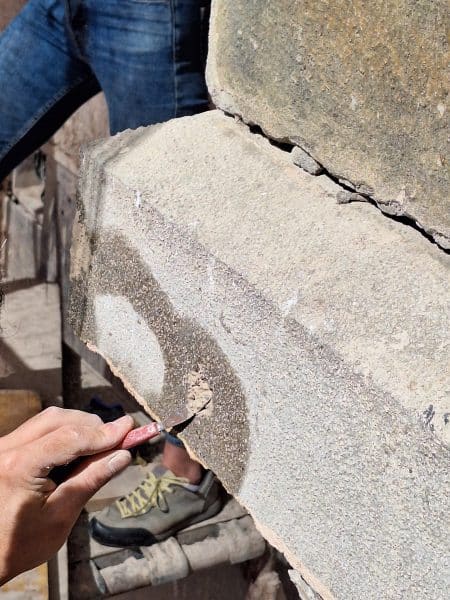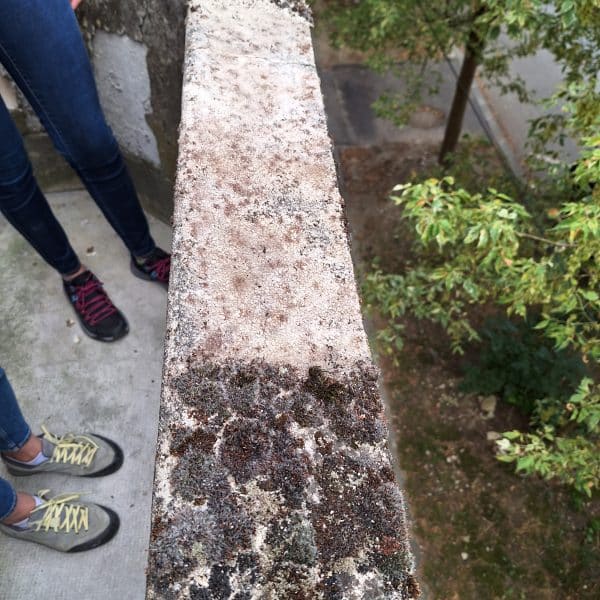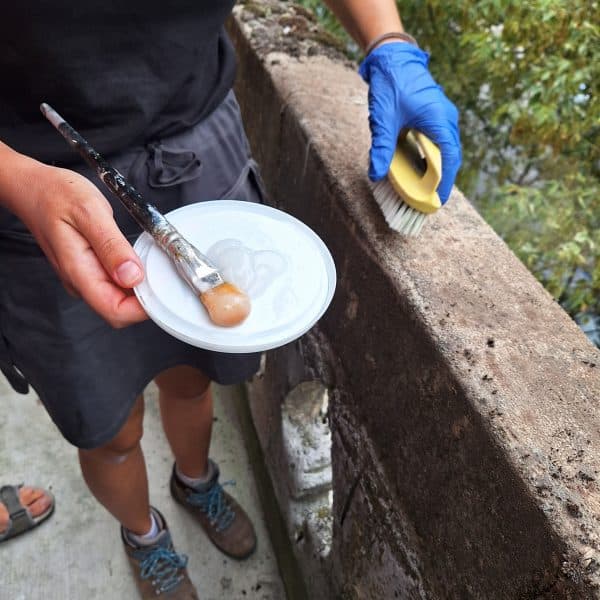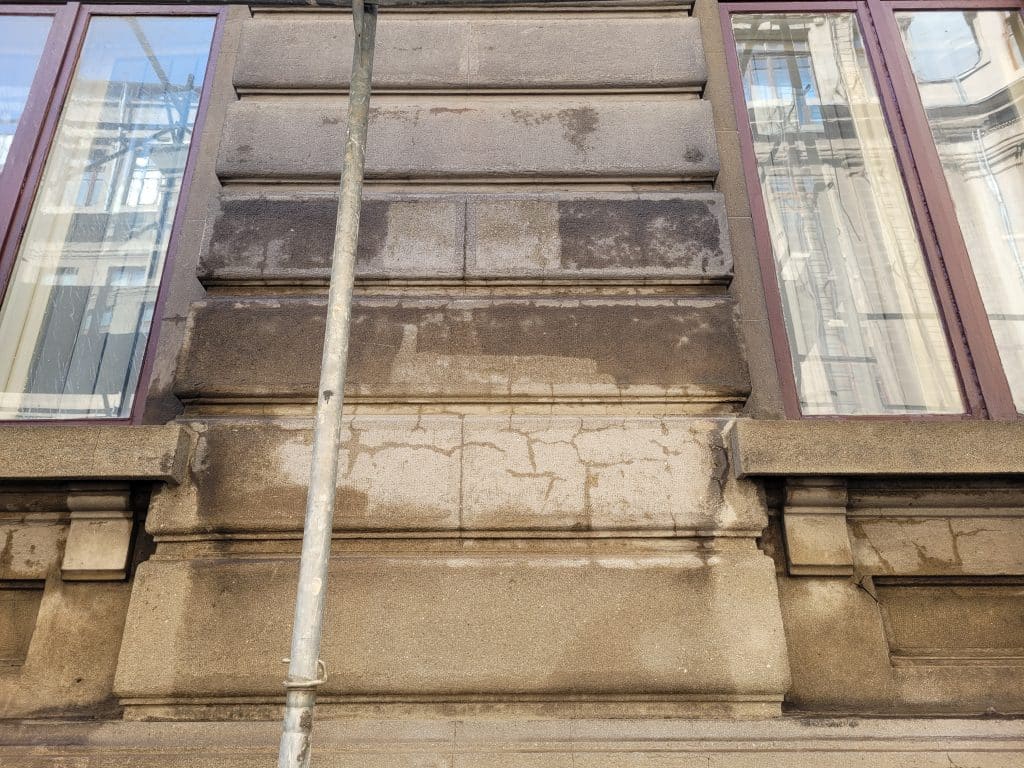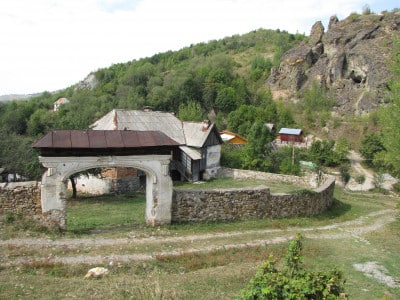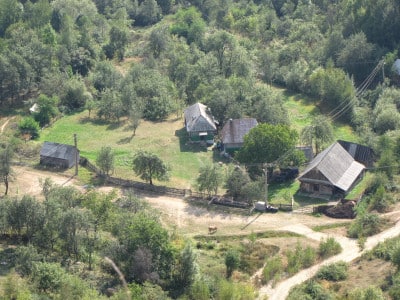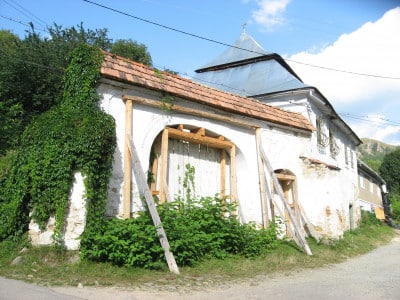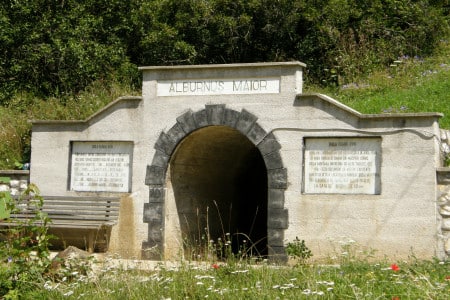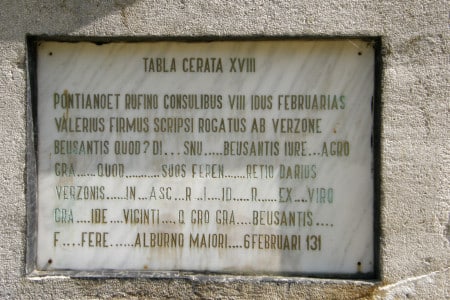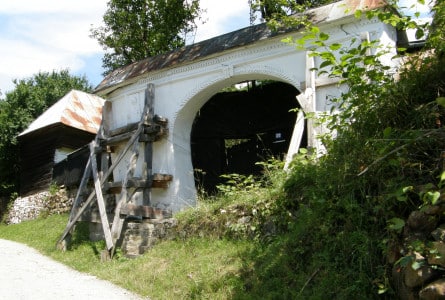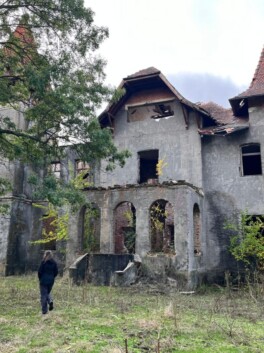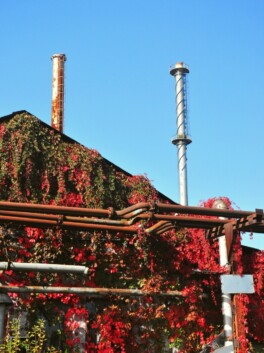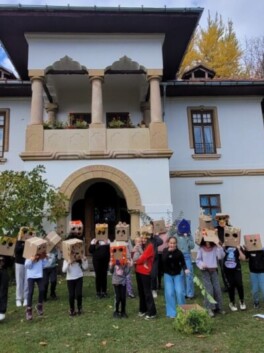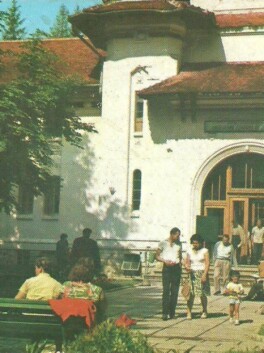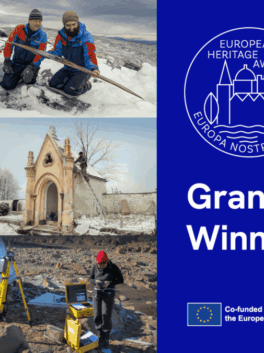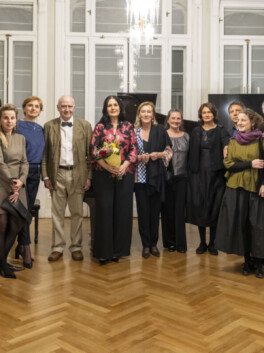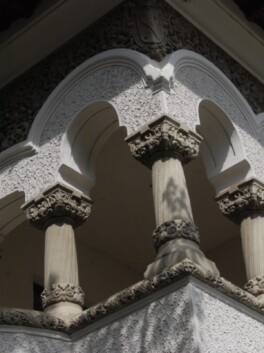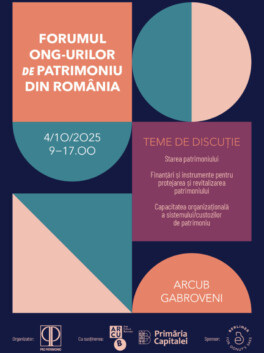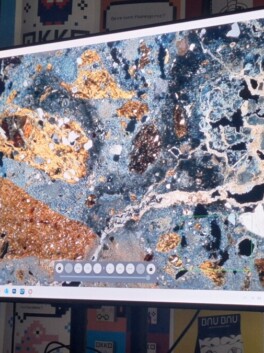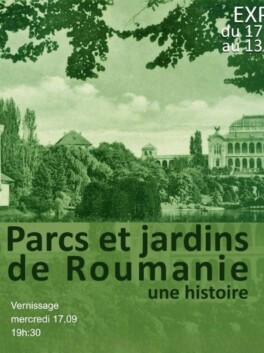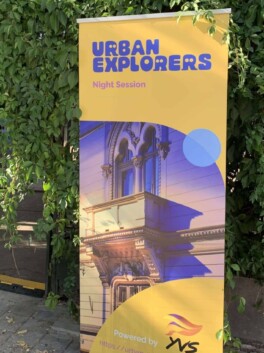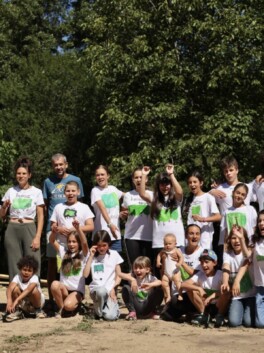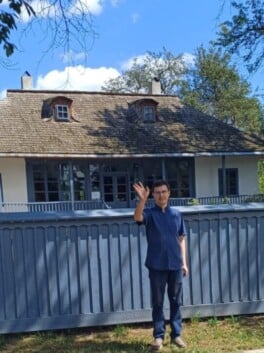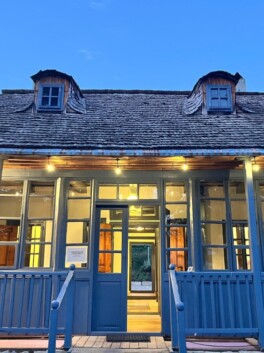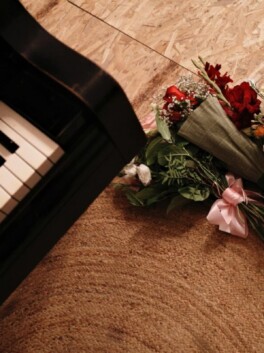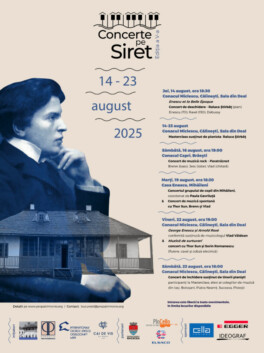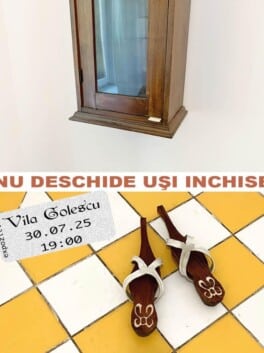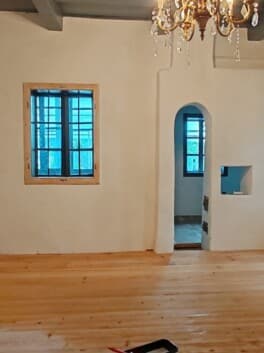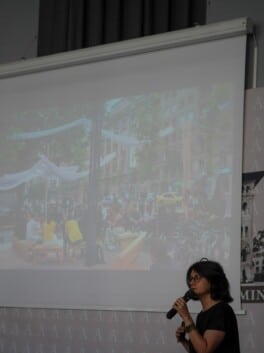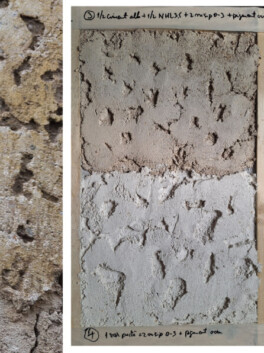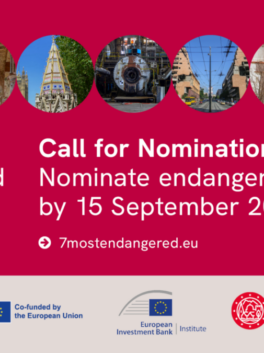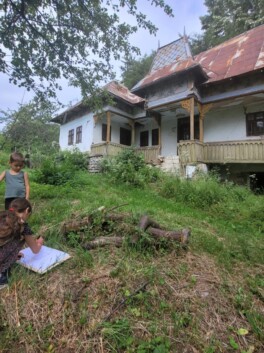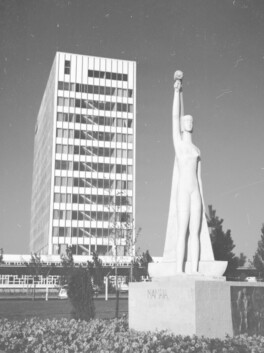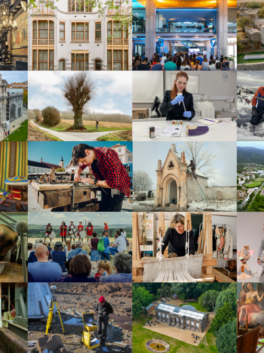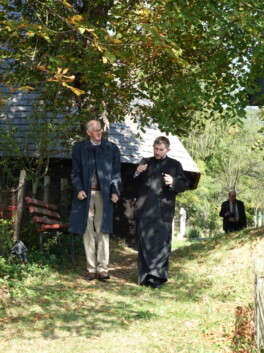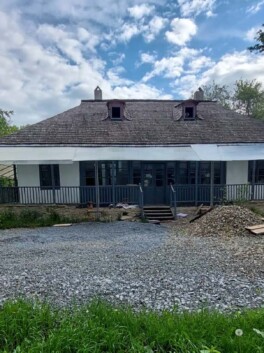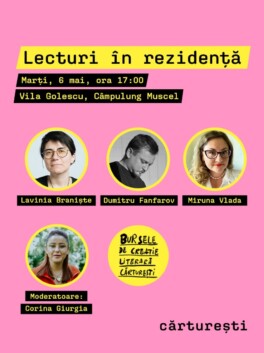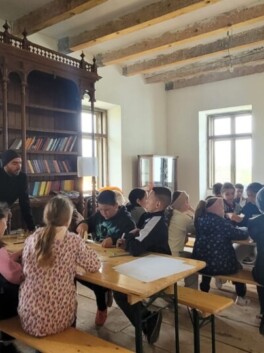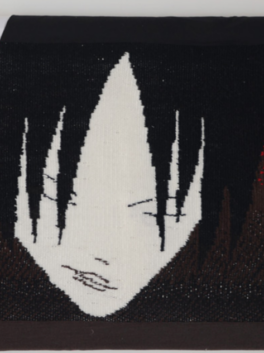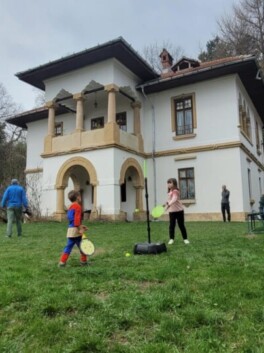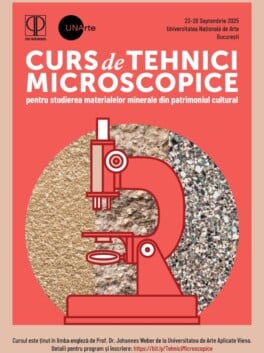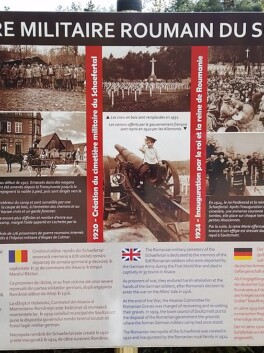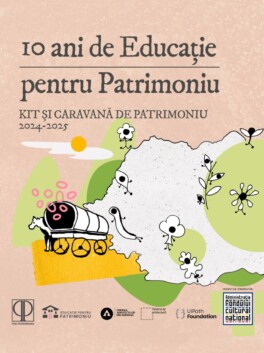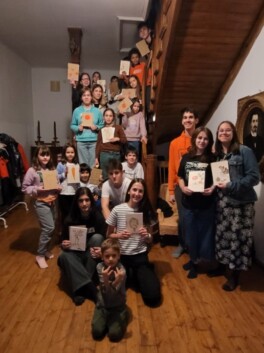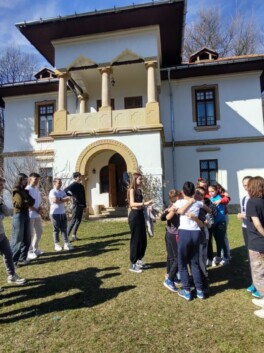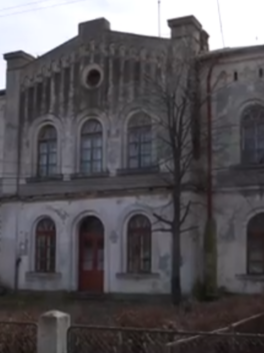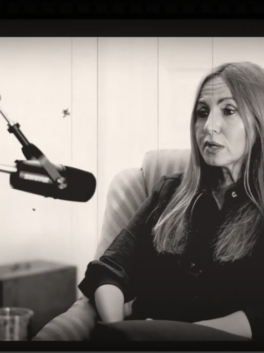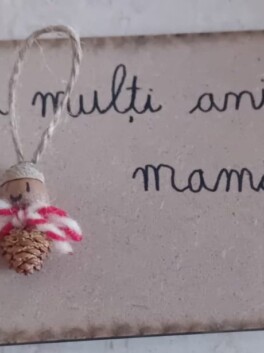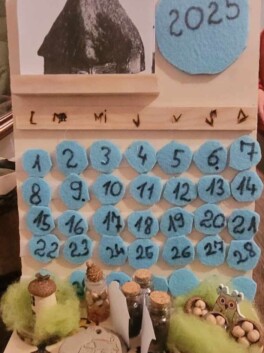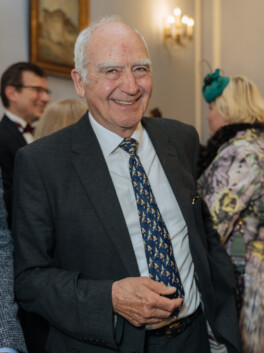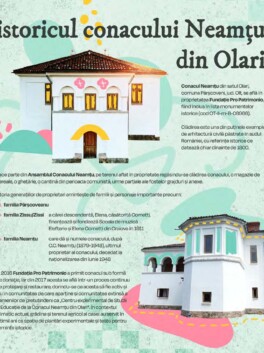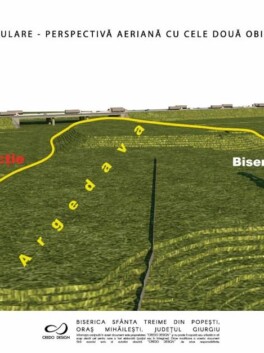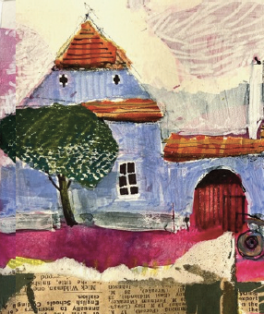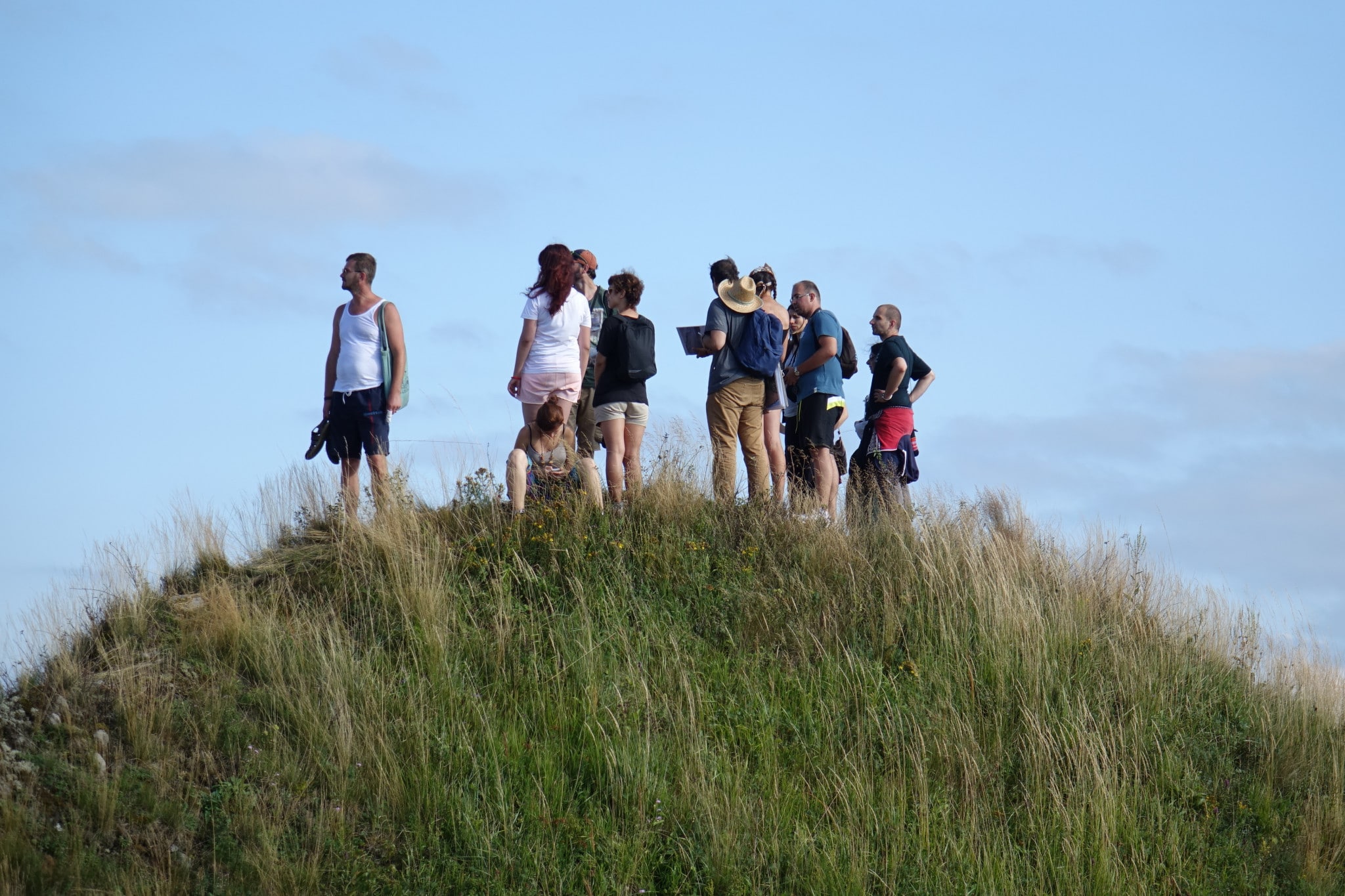
Europa Nostra applauds the decision for the inscription of Rosia Montana mining landscape on the World Heritage List and on the List of World Heritage in Danger
On 27 July, during the 44th extended session of the UNESCO World Heritage Committee, the Rosia Montana mining landscape was inscribed simultaneously on the World Heritage List and on the List of World Heritage in Danger. On this occasion, Sneška Quaedvlieg – Mihailovic, Secretary General of Europa Nostra, delivered a powerful statement, strongly applauding this decision and recalling the support of Europa Nostra to this campaign, also with the support of the European Investment Bank Institute, during the past decade. Europa Nostra is also preparing a congratulatory letter addressed to the Romanian President Klaus Iohannis, who himself welcomed the inclusion of the mining landscape in these important lists.
“On behalf of our large movement of civil society committed to cultural and natural heritage, from all over Europe, including Romania, Europa Nostra congratulates very warmly the State Party and its citizens for the inscription of Rosia Montana mining landscape both on the World Heritage List and simultaneously on the List of World Heritage in Danger.
This is a true milestone in the wide mobilization of heritage stakeholders to ensure a sustainable future for this exceptional cultural landscape. We can only applaud the Romanian authorities for their determination to stand by their cultural and natural heritage, to stand by the local community of Rosia Montana, and to stand by the engaging and convincing voices of civil society that have not spared their efforts to campaign to save Rosia Montana.
Alongside ICOMOS and other international heritage organizations, Europa Nostra has gladly provided our support to this campaign, among others by placing in 2013 Rosia Montana on our very first List of 7 Most Endangered heritage sites in Europe, run by Europa Nostra with the European Investment Bank Institute. At that time, we were not optimistic about the future of Rosia Montana, but we were impressed by the determination of the local community and civil society not to stop resisting the plan for open-cast gold-mining by a multinational company that would have had a devastating impact on Rosia Montana’s cultural landscape.
8 years later, our joy cannot be bigger to see UNESCO recognizing the outstanding universal value of this exceptional historic mining landscape. Congratulations to UNESCO and ICOMOS for their support! May this case become an important message sent also to the world of business and economy that short-term business interest cannot prevail over the long-term interests of our cultural and natural heritage and the related local communities.
We also applaud the decision to put Rosia Montana on the UNESCO List of World Heritage in Danger. This constitutes a rightful urgent call to all stakeholders, from local and national to European and international level, to gather necessary expertise and resources for developing a holistic plan for the future of Rosia Montana.
We especially urge the European Union to provide necessary support to the Romanian authorities to ensure a truly sustainable and inclusive revival of this World Heritage site, with due involvement of local community and civil society and in accordance with the excellent recommendations just adopted by the World Heritage Committee.
Europa Nostra stands ready to contribute to these efforts”.
We thank Mrs. Daria Pârvu for translating this letter.
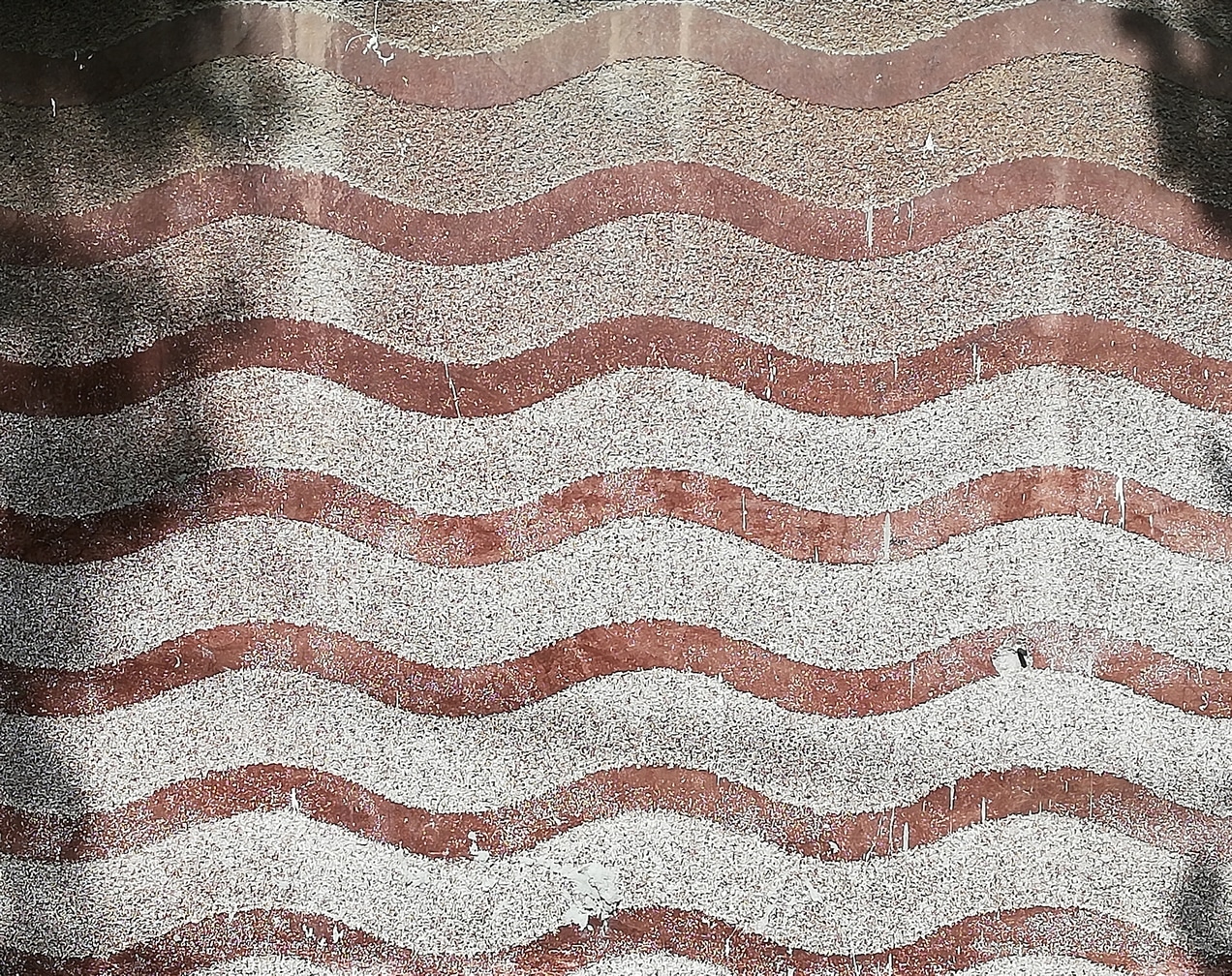
Series 02 – Forgotten Textures
The buildings’ plaster bases are always the delight of a historic street in Bucharest. And because they are at the eye level of any passer-by, you can’t help but notice them. This is an example of a base that makes us think of the sea, made of stone-like plaster with a rough and smooth texture in the form of waves, pigmented with red.
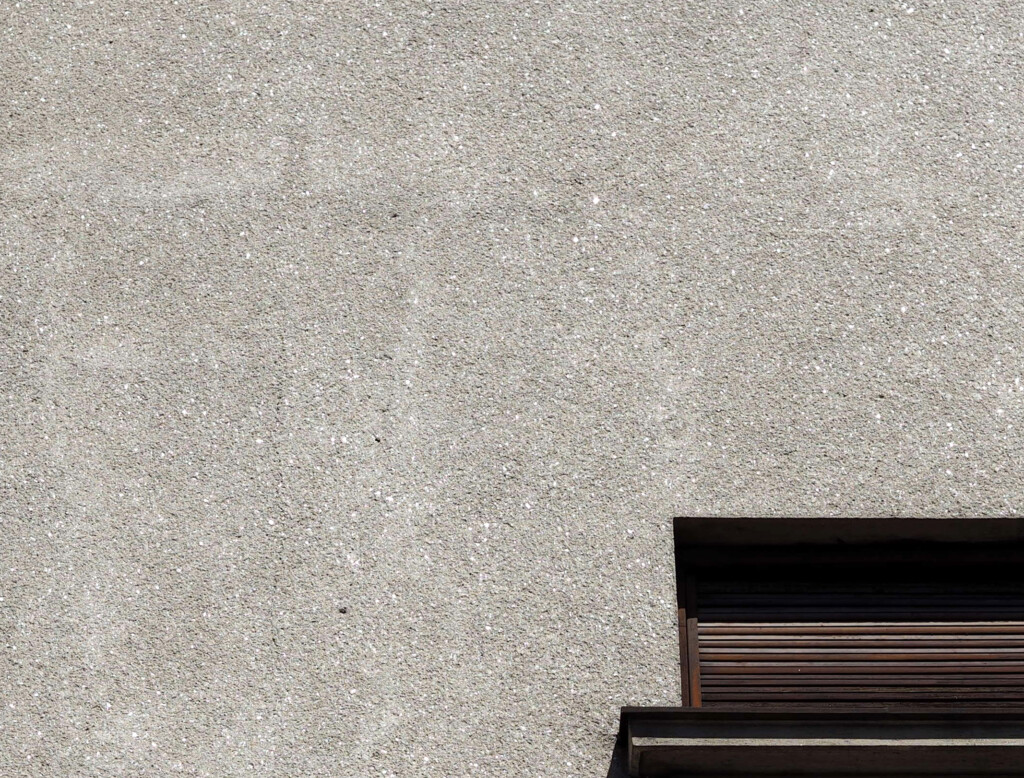
With a small drop of mica added to the plaster mass, you can get brilliant effects in the sun. And the interwar period did not shy away from being bold. If you look up, you can see this slightly rough plaster with discreet shine, called ”terasit”, on many of Bucharest’s modernist buildings.
.
Details from the project “Forgotten Textures – Inter-war Bucharest”, a Pro Patrimonio Foundation cultural project carried out in the fall of 2019 which resulted in the guide Forgotten Textures: Inter-war Bucharest. Plaster recipe book. Author: Ruxandra Sacaliş.
Tablou activitati Series 02 – Forgotten Textures

